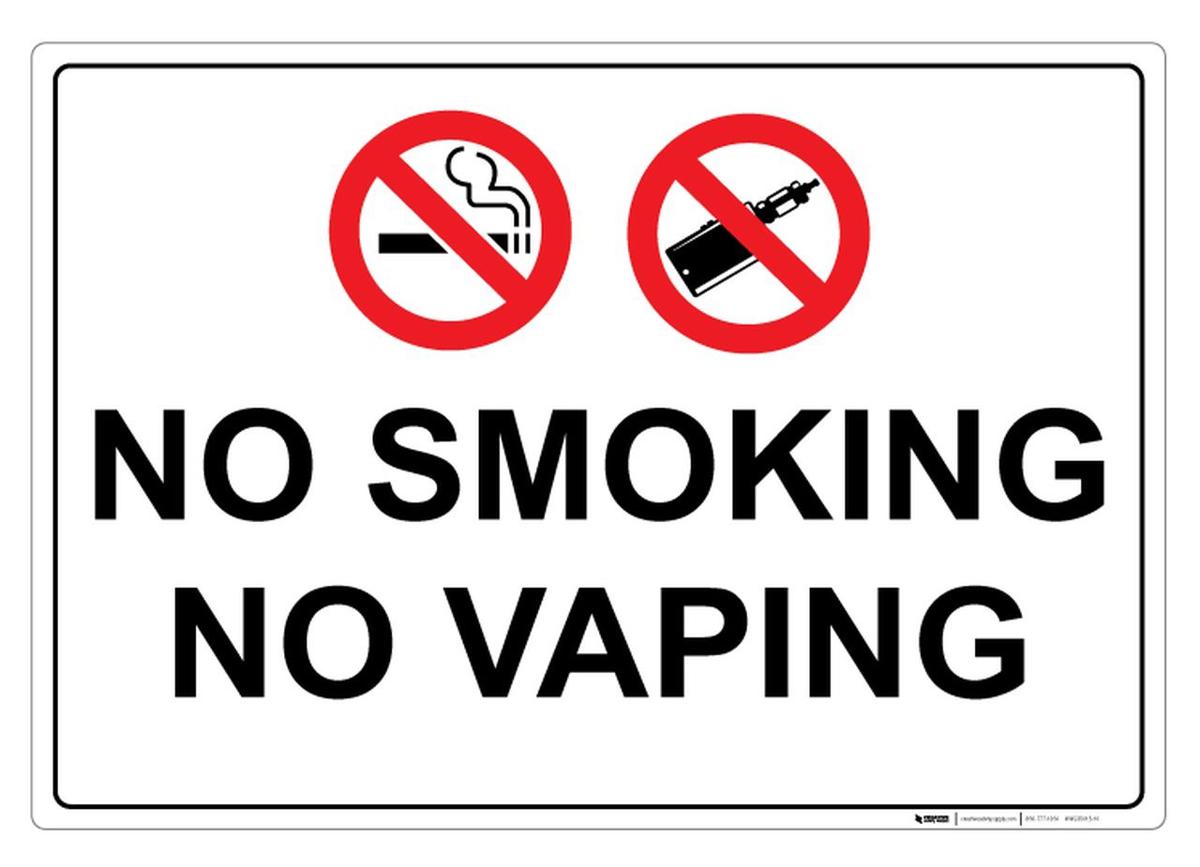
CAMPUS NURSES
Janie Carroll 903-685-2291 Ext. 2304 jcarroll@garyisd.net
Kalita Thompson 903-685-2291 Ext. 2304 kthompson@garyisd.net
Medication Information and Forms
SCREENING INFORMATION
Vision and Hearing Screening
The Texas Health and Safety Code requires that all children enrolled for the first time in any public, private, parochial, or denominational school or in a Department of Family and Protective Services licensed child-care center and licensed child care home in Texas, or who meet certain grade criteria (specified below), must be screened or have a professional examination for possible vision and hearing problems.
The requirements apply each year for children enrolled in any licensed child-care center and licensed child care home or school program at the ages or grades listed below:
Children who turn 4-years-old by September 1, kindergartners, or any other first-time entrants (4 years* through 12th grade) - screening must be done within 120 days of admission
1st-, 3rd-, 5th- and 7th graders - screening must be done anytime within the school year (preferably within the first semester)
Acanthosis Nigricans Screening
The Texas Risk Assessment for Type 2 Diabetes in Children is a legislatively mandated program developed, coordinated, and administrated by The University of Texas Pan-American Border Health Office (BHO). The program assesses children who may be at high risk of developing Type 2 Diabetes in Texas Education Agency Regional Education Service Centers 1, 2, 3, 4, 10, 11, 13, 15, 18, 19, and 20. During vision/hearing and scoliosis screenings of 1st, 3rd, 5th, and 7th graders in public and private schools, certified individuals assess children for the acanthosis nigricans marker, a skin condition that signals high insulin levels. Children who are positively identified with the marker undergo additional assessments of body mass index (BMI), BMI percentile, and blood pressure. Referrals are issued to the parents of these children, alerting each parent of their child's risk factors and encouraging further evaluation from a health professional. Becoming aware of and understanding what the risk factors suggest can help stimulate the changes necessary to prevent or delay future health problems for children at risk of developing Type 2 Diabetes and other conditions.
Spinal Screening
In 1985, the Texas Legislature passed House Bill 832 which requires screening for abnormal spinal curves for students in grades 6 and 9 (or 5 and 8) attending public and private schools. The guidelines were updated in the 2018-19 school year based on new recommendations for evidenced based practice.
In compliance with Health and Safety Code, Chapter 37, all children shall undergo screening for abnormal spinal curvature in accordance with the following schedule:
Girls will be screened two times, once at age 10 (or fall semester of grade 5) and again at age 12 (or fall semester of grade 7).
Boys will be screened one time at age 13 or 14 (or fall semester of grade 8).
It is incumbent on schools to identify outliers (i.e., children promoted to higher grades or held back) and ensure their screenings align with appropriate ages rather than grades.
The school is then required to notify the parents if a child shows any signs of a possible curvature.
REQUIRED GUIDELINES FOR FOOD ALLERGIES
Guidelines for the Care of Students With Food Allergies At-Risk for Anaphylaxis
Seizure Information and Forms
Describing Seizures By Pictures
Parent Questionnaire for Student with Seizures
Parent Questionnaire for Student with Seizures (Spanish)
Seizure Management and Treatment Plan
REQUIRED IMMUNIZATION INFORMATION
SEASONAL FLU INFORMATION
Gary ISD maintenance staff members and janitorial staff are cleaning regularly touched surfaces daily, and perform extra sanitizing measures in classrooms, buses, and areas where flu illness is increasing with an electrostatic disinfectant fogger. We strongly urge parents to keep their children home if they have any flu-like symptoms such as a fever greater than 100°F, sore throat, cough, body aches, vomiting, or diarrhea until they are fever-free or without signs of a fever for 24 hours without the use of fever-reducing medication. Your help is critical in keeping our schools healthy this flu season.
Helpful information to protect yourself and your loved ones this flu season
3 Action Steps to Protect yourself and your child against the flu
Everyday Preventative Actions that Can Help Fight Germs, Like Flu
Clean Hands Save Lives!
Clean Hands Save Lives- CDC
Flu Guide for Parents from the CDC
Parent Info Flu brochure
Flu shot locator:
http://www.dshs.state.tx.us/txflu/flu-locator.shtm
Health Clinics that Offer the Influenza Vaccine
Gary ISD does not endorse any of the listed organizations. Information is provided only as a convenience. See the full disclaimer.
REQUIRED BACTERIAL MENINGITIS INFORMATION
Local Wellness Policy and Plan
Wellness Policies
Board Policy FFA (Legal)
Board Policy FFA (Local)
Wellness Plans
Local Wellness Plan 2017-18
Local Wellness Plan 2020-21

VAPING
The Texas Department of State Health Services (DSHS) has updated materials on vaping available on its websites, including a one-pager with information on the vaping epidemic and resources for parents:
• https://www.dshs.texas.gov/
• https://www.dshs.texas.gov/tobacco/
• https://www.dshs.texas.gov/vaping/
